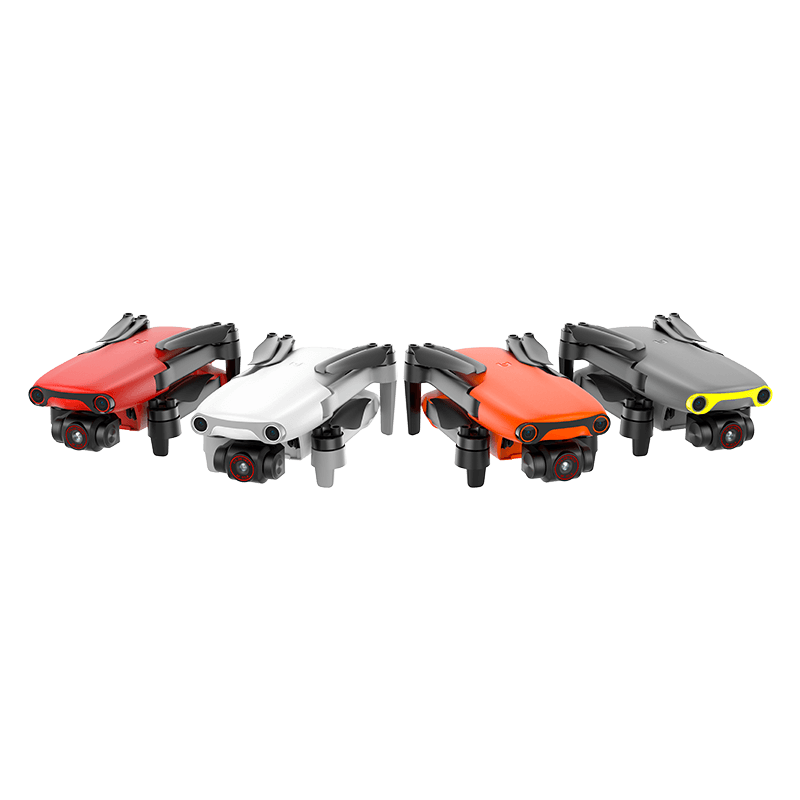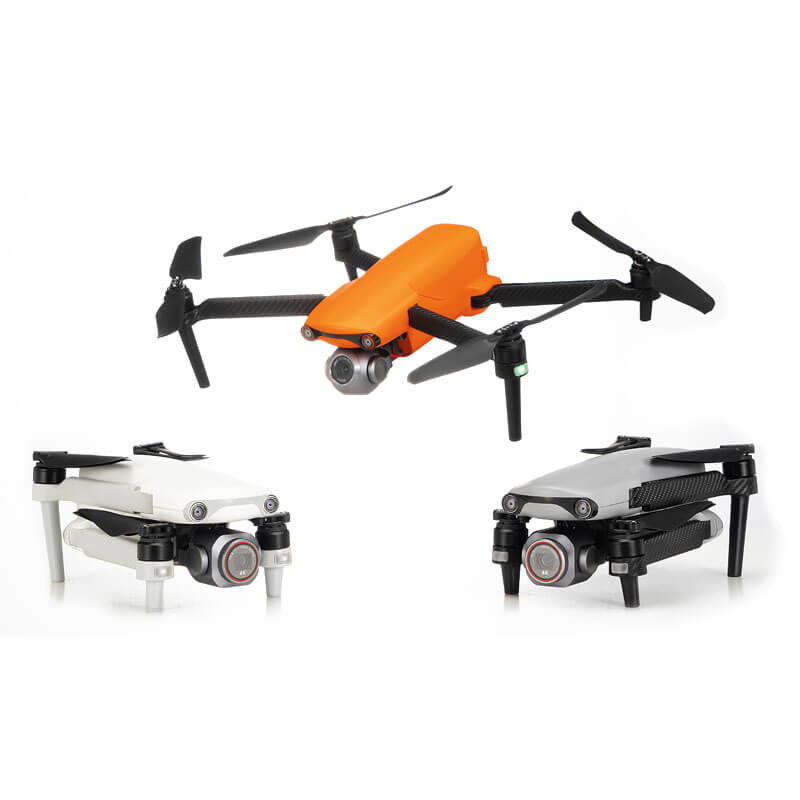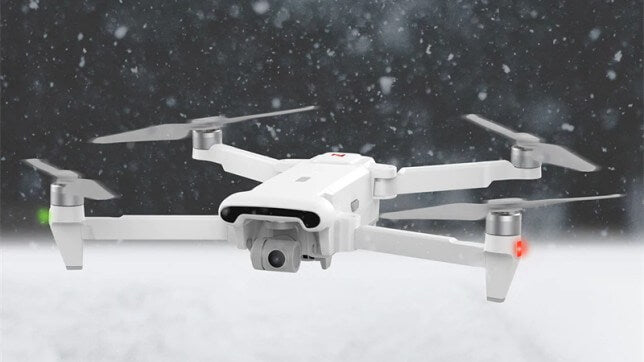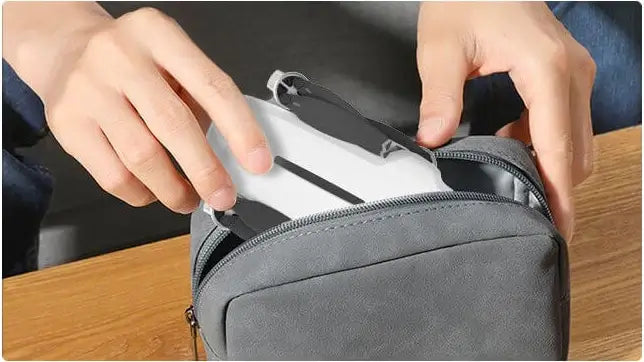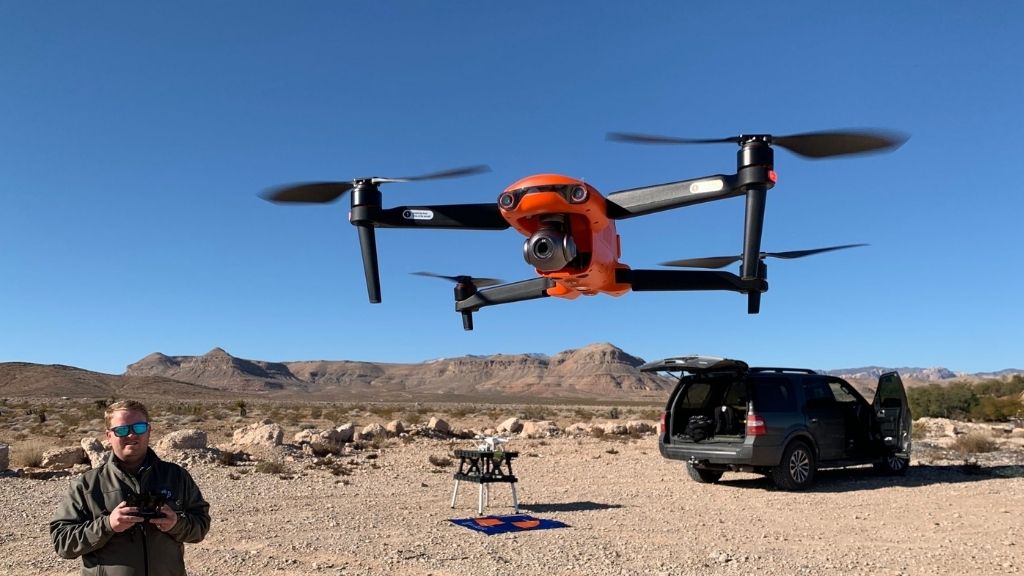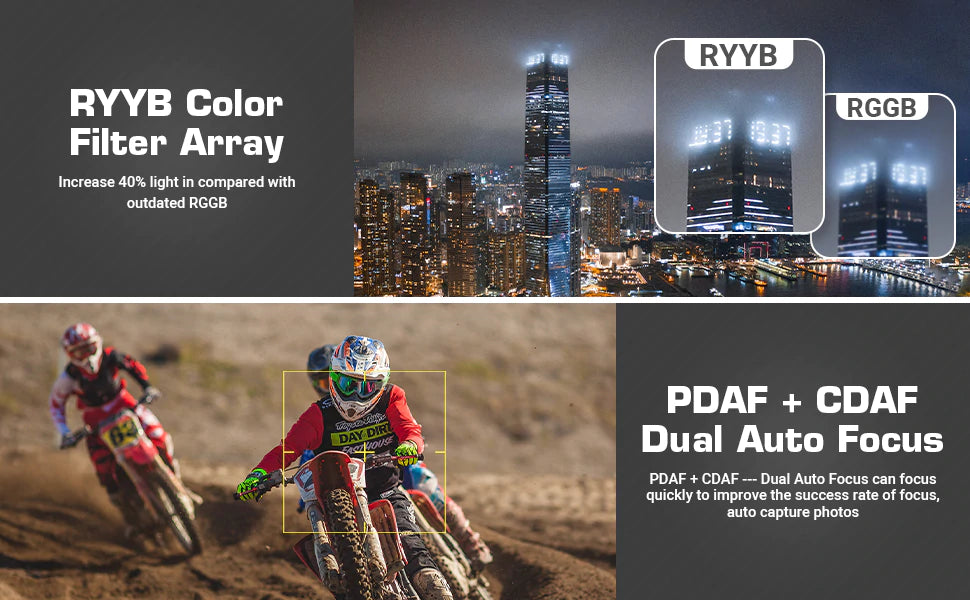Learn about Autel Robotics' drone EVO II models, the Autel EVO II Standard, Pro, and Dual drones have all been released to the public, and they all utilize the same airframe, except that the camera payload varies from model to model. The bright orange EVO II is lightweight and compact. When folded and transported, the shoe body is roughly the size of an ordinary adult shoe. The arms and props do stick out a bit from the plane's fuselage, but the drone itself has a small footprint. The drone weighs 2.5 pounds and has a battery installed to check all the boxes for portability. The EVO II is equipped with omnidirectional obstacle detection, including 12 visual sensors as well as 2 ultrasonic sensors on the bottom of the drone. Because of the drone's small size, you can easily start and resume it without much space.

autel drone geofencing
Geo-fencing is a new application of LBS, which uses a virtual fence to enclose a virtual geographic boundary. Phones can receive automatic notifications and alerts when they enter, leave, or move within a specific geographic area. With geofencing technology, location social networking sites can help users automatically check in when they enter an area.
"No geofencing restrictions" is often the selling point of Autel drones. But now, the drone maker appears to be stepping up its investment in airspace security by introducing a mandatory no-fly zone database in the United States. This new geofencing feature comes with the latest firmware update for the EVO II drone.
Firmware upgrade refers to upgrading the embedded firmware of the controller and drone. It can improve machine functions, enhance machine stability, and patch machine loopholes. With this addition, Autel EVO II drones are now equipped with geofencing capabilities in the US, Japan, Australia and Greater China. But that doesn't necessarily mean those features will be enforced.
Drone Manufacturer Says: This update is based on your drone GPS location, not your mobile device location. Unless your country requires us to restrict you to a no-fly zone, you will only see the notice in your local airspace. You will not be restricted from taking off. Simply put, when your drone is in the no-fly area of the current country, we will pop up a reminder that you cannot take off in this area, otherwise you will be punished and the drone will be confiscated, but the Tips can not prohibit your drone status, you can still control your drone to fly, but all the consequences arising from this will not be foreseen and need to be borne by you.
So, this means that while Autel won't stop you from taking off in restricted airspace -- however -- drone makers want you to be accountable enough that once it educates you about air law, you can make it right yourself Decide. local airspace.
How to Add Geofencing to Autel EVO II

Once you are using the latest Autel Explorer app (v1.10.11 for iOS, v1.17.73 for Android) and firmware version, and you have an internet connection, the update will automatically download from your app to your aircraft.
Once the prompt on your Explorer app disappears to allow the update to complete, the drone manufacturer recommends leaving the device alone for two to three minutes. Otter says:
We will continuously update the no-fly zone database. But if you don't see any notification in the no-fly zone, don't worry, it's likely to appear soon. Just make sure to always follow local regulations.
DJI's Geofencing Club Expands
By the way, Brendan Schulman, vice president of policy and legal affairs at DJI, noted in a recent blog post that DJI is the only drone manufacturer that has established a voluntary geofencing system to improve airspace security, saying:
Based on our experience with these breakthrough security solutions [geofencing and remote identification], we urge our competitors to adopt them as well, to advance our common goal of safe drone flying. Several government and industry groups have since agreed that geofencing is a vital safety and security feature.

